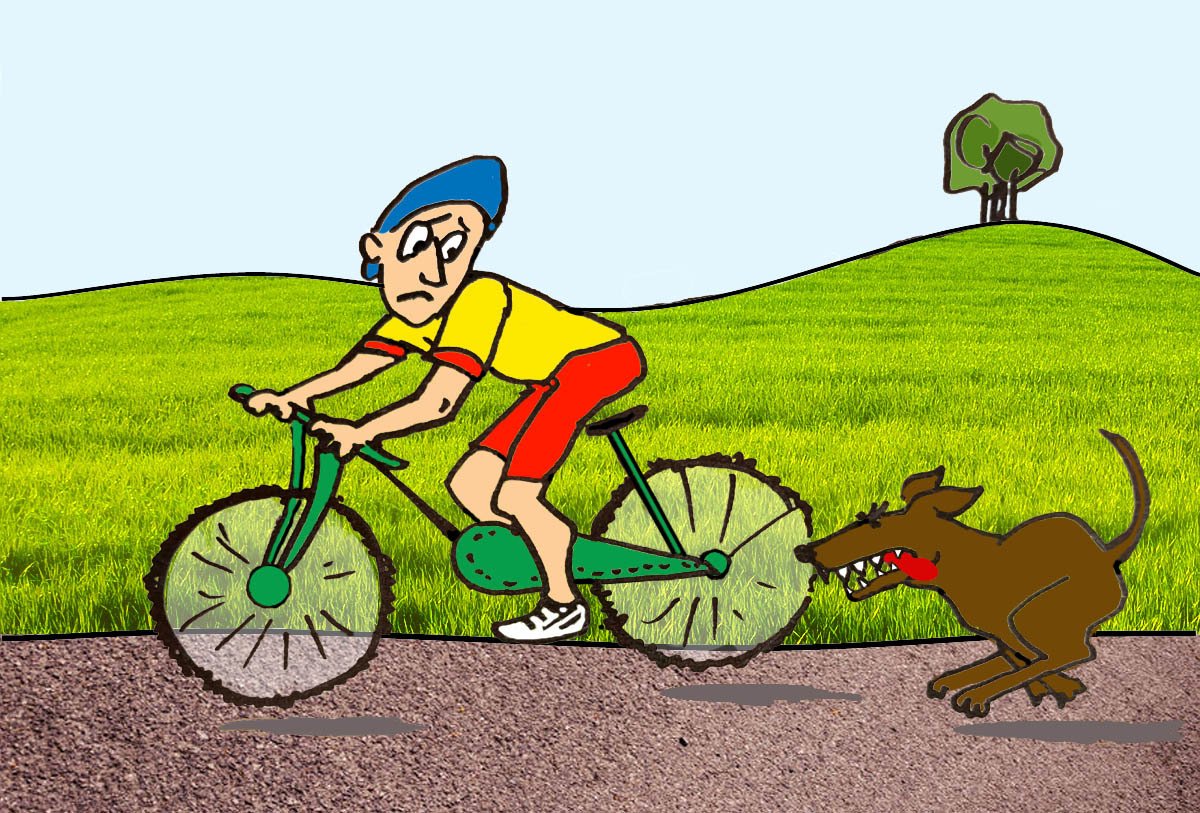
If there’s one thing that’s just as divisive as Brexit, it’s the ‘cat/dog’ schism. OK, I’ll admit it: I’ve always preferred cats, and over the 50 years or so we’ve had our own home, we’ve usually had one or more moggy sharing our space. As for dogs, I’d be the first to admit that I’ve aways been a little wary of them, ever since I was bitten on the arm by the canine pet belonging to a good friend of my Dad. Our children and grandchildren have inherited my feelings: they nearly all have cats. A couple of our grandchildren are a bit wary around dogs, too.
A few months ago, we saw a woman let her dogs off their leads on Dartmoor; a nearby ewe with two lambs was visibly alarmed. We pointed to signs asking dog owners to keep their dogs on leads because of the livestock on the moor. The response was a mouthful of abuse. We got the same sort of response when we were cycling on a cycle path close to home, when a veritable swarm of off-lead dogs buzzed about in front of us, risking us falling off our bikes… or the dogs being run over.
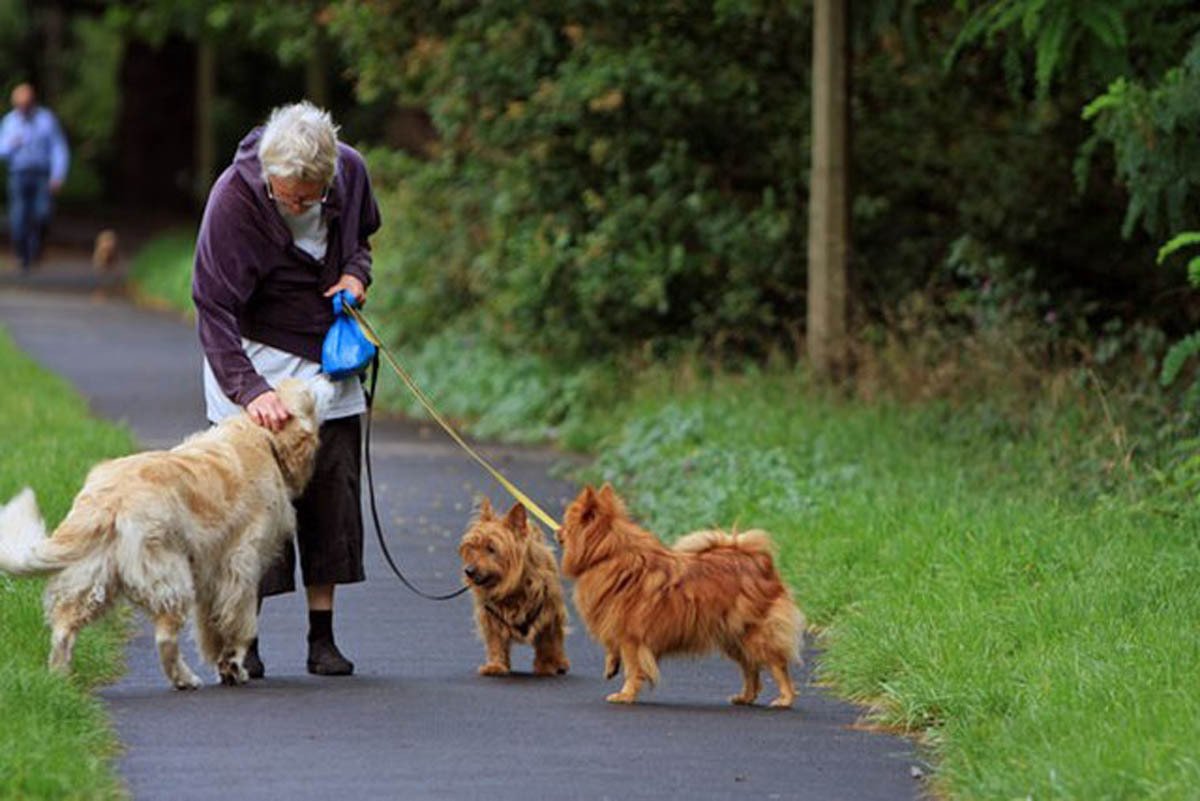
This article is NOT an attack on dogs, nor on most of their owners! We have many good friends who are very responsible dog owners, and when we are out and about, most people we see walking their dogs are keeping appropriate control of them, whether on or off-lead; clearly, these dogs and their owners are well-trained. For them, dogs are indeed their best friends.
So what has prompted me to write this? The bloody evidence of sharp teeth in my leg!
Yes, it actually happened two weeks ago. While out cycling, I was attacked and bitten by a black, furry bundle of fun. The deep and gruesomely-bloody wound was treated at the Minor Injuries Unit, where I was also given a tetanus booster and sent home with a course of two different antibiotics. A few days later, I walked home from the gym along the riverside path; dressed in shorts and tee-shirt and carrying my jacket and jogging-bottoms, I passed several dog-walkers. One of their charges made me a bit nervous: a large black dog which took an unhealthy interest in my bare legs (sorry about the salacious image!), and its owner struggled to hold it back. The other dogs I passed were all on leads or well-controlled, so I arrived home unscathed.
My initial attitude to the dog bite incident had been that it was a one-off, my misfortune, and best forgotten, in spite of the wound – which would heal in time but would leave a scar. However, my post about it on our local community Facebook page prompted dozens of comments, mostly sympathetic. Several people mentioned having been bitten by dogs in recent weeks, and a number of commentators suggested that the incident should be reported to the police. I hesitated for a day or two, until a colleague reported that her son-in-law had been bitten when cycling the previous day. At that point I decided that it was my civic duty to report the incident to the police, so I duly did. I also looked online at the government regulations concerning controlling dogs in public spaces, and those of the South Hams District Council (SHDC).
I made full reports to SHDC and to the police. Understandably, the latter told me they couldn’t pursue the matter as they didn’t have details of the dog owner. However, they are keeping my statement on record in case a similar incident occurs involving a dog owner in the same area. I received a similar response from SHDC.
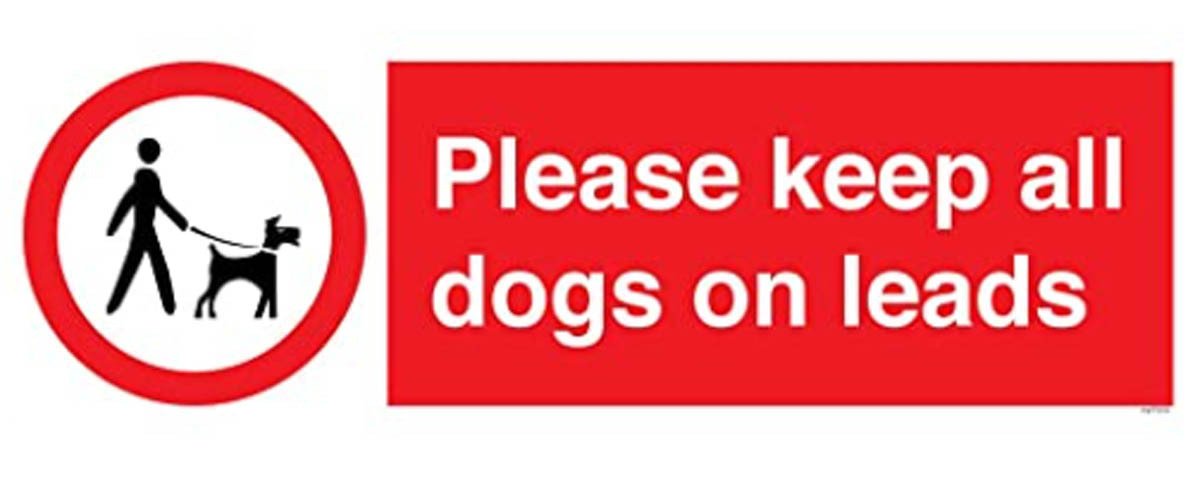
The regulations about keeping dogs on a lead are quite clear; I was cycling along a country lane, part of my regular route. Had the dog been larger, it would have knocked me off my bike. Had my immune-compromised wife been with me as she often is, and had she been bitten, the consequences for her could have been much more serious. Equally, a child could have been gravely injured.
My wife and I ride mostly on quiet lanes, but we have to start off along an access-for-all path. We have been concerned for some time at how many dog owners don’t keep their dogs on a lead, nor exercise proper control, letting their pets run around unchecked. This can be quite difficult for cyclists, especially when a dog runs across in front of the bike, causing the rider to swerve or brake heavily, which happens all too often. We have also witnessed uncontrolled dogs attacking other dogs.
However, it seems that there is a reason for the recent substantial increase in this inconsiderate behaviour. We suspect that some owners have ‘pandemic dogs’, which are not yet properly trained, and potentially some owners are inexperienced. It seems that this matter needs to be addressed, and as much as possible should be done to ensure that owners keep proper control of their dogs on public paths, public spaces and highways. At the very least, the regulations set out at national and local level need to be publicised more, including the fact that fines can be imposed where the rules are contravened.
Two further points: during a walk in an open area of the New Forest last weekend, we witnessed a dog – being watched by its owner – harassing a pony. Another dog walker we got chatting to said that he had reported the owner of the offending dog a few days before, but clearly the same dog and owner were still misbehaving. Then I noticed that the SHDC officer who emailed me this morning (who used to be the local dog warden) mentioned that she too had been bitten. Clearly dog-bites are a growing occurrence.
So a couple of days ago I decided that it was time to do a bit of research. The search words ‘pandemic dogs’ threw up an article in The Guardian from 15 April. Under the heading
“Dog-bite Britain: the problem with the pandemic puppy explosion”, the article began:
“Over the past year, dog ownership has surged, and they have brought many of us untold joy. But the lack of proper training or socialisation has led to a growing danger of attacks.” Further into the article, it is suggested that: “As pandemic puppies grow into dogs with sharp teeth, too many lack the training to walk safely into the post-lockdown world. Meanwhile, dogs that do remember a life before Covid are on edge after a topsy-turvy year and face more upheaval as lockdown restrictions are eased.”
Thanks to this article, I now know that my attendance at the MIU will have been classified as W54, the World Health Organization’s code for “bitten or struck by a dog”. W58 is a crocodile-bite… scary, and mercifully unlikely in Devon!
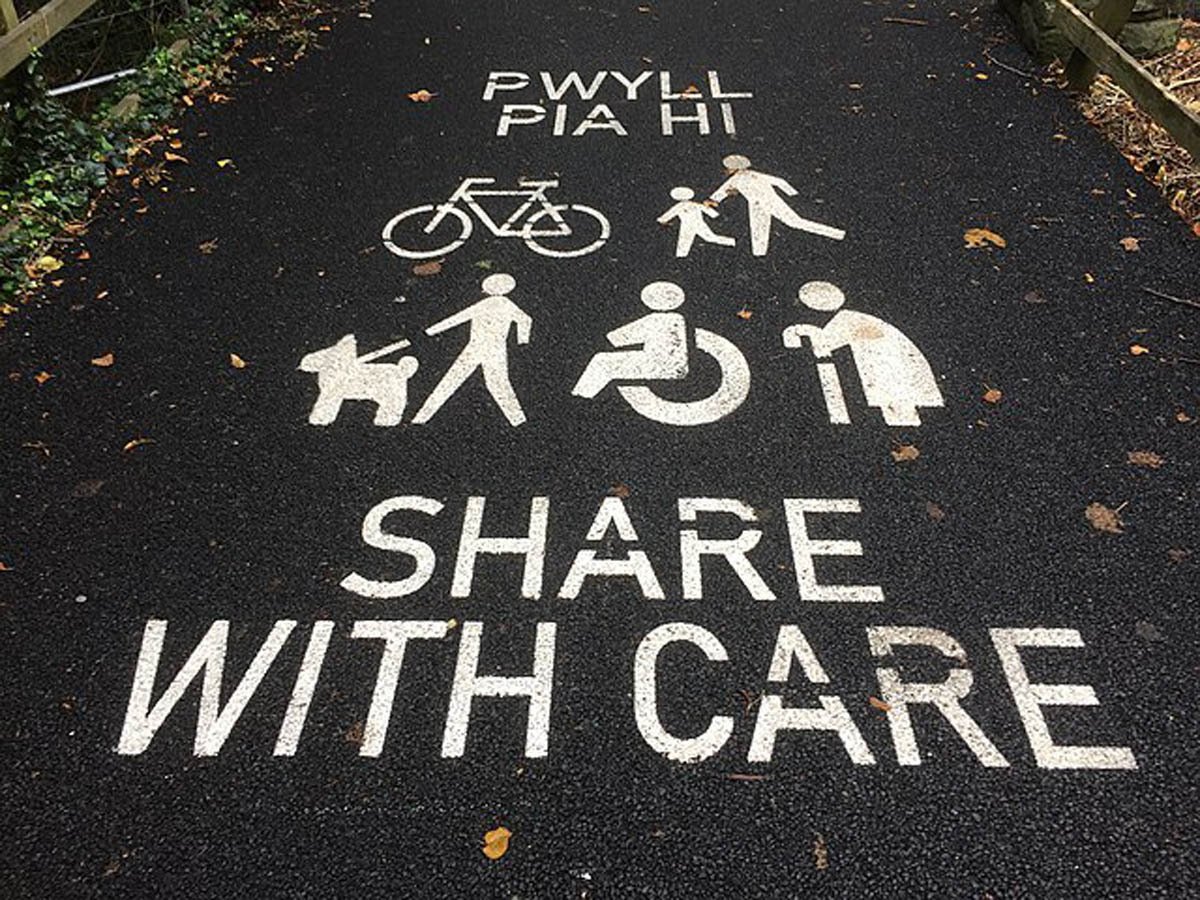
Incidentally, The Guardian ran another article earlier in December, talking about the numbers of lockdown pets now being abandoned, after 3.2m households acquired a pet for the first time. Cost and behavioural problems caused by a lack of socialisation and training are the main factors with the dumped dogs.
The Kennel Club online magazine states that:
“One in five new owners who bought a puppy during the pandemic admit they hadn’t fully considered the long-term commitment or responsibility that comes with having a dog”. This is in an online article which appeared on their website in August 2020 when, it states, large numbers of people had bought puppies to be their companions during lockdown “with little research”. Also “a fifth don’t know whether their dog will suit their lifestyle after lockdown – citing worries about behaviour, time and costs” (my italics).
Searching ‘pandemic dog bites’ took me first to an article which appeared in August 2020 in Medical Express (US). It describes a report by the Children’s Hospital Colorado: “Rates of dog bites in children up during COVID-19 pandemic”. Then I found a report dated April 2021 describing research conducted by the US National Center for Biotechnology Information. It is headed: “Paediatric emergency department dog bite attendance during the COVID-19 pandemic: an audit at a tertiary children’s hospital”. The findings are alarming: “Dog bite attendance rose in conjunction with the introduction of COVID-19 public health measures and reached a peak in July 2020 (44 dog bites, 1.3 per cent of all attendances were due to dog bites). This was a threefold increase in dog bite attendance.” On 9 June 2021, the American online magazine Slate carried an article called “When Bonnie came home” concerning Madeline Bilis’s difficult decision to ask her vet for “behavioural euthanasia” for Bonnie, the adorable but violent 6-year-old beagle she adopted last Christmas. I would recommend that sensitive readers don’t read it.
Realising that the growing incidence of dog bites is not an exclusively British phenomenon, I typed ‘casos de ataques por perros’ (cases of dog attacks) into the ‘search’ box. Lo and behold, the same thing has been happening in Spain. In El Día Online on 3 December 2021, there is a horrific account of a pack of dogs, let out by their owners, which attacked a woman walking along a street. The article is entitled: “Feroz ataque de un perro a una mujer” (fierce dog attack on a woman). It seems probable that this is a particular problem in cities, where most residents live in blocks of flats; given the ongoing nature of the pandemic, one supposes that some dog owners got into the habit of letting their dogs out to attend to the call of nature rather than take them for ‘walkies’ themselves. I have since found other similar cases, even including fatalities.
This reminded me of an incident we experienced a few weeks ago in Spain. Cycling down a mountain road, four dogs suddenly emerged from a ‘finca’ (rural property). Many fincas are guarded by several dogs, and presumably these had got out somehow. Being chased at top speed down a mountain road, with a steep drop on the other side of the barrier was no joke, but we managed to put enough distance between us and the dogs.
Even more recently, on 13 December 2021, La Vanguardia presented an article entitled: ”Un drama cotidiano: cada mes, ocho ataques de perros requieren atención médica” (A daily drama: every month eight dog attacks require medical treatment). Essentially, it describes the same phenomenon, of loose dogs roaming the streets and sometimes ganging up in packs. (Could it be that some of these dogs were ‘pandemic dogs’, let loose now that the novelty of owning them has worn off?). The article states that simple activities like walking to school or work, or even just going out for a walk in the streets, have become a nightmare.
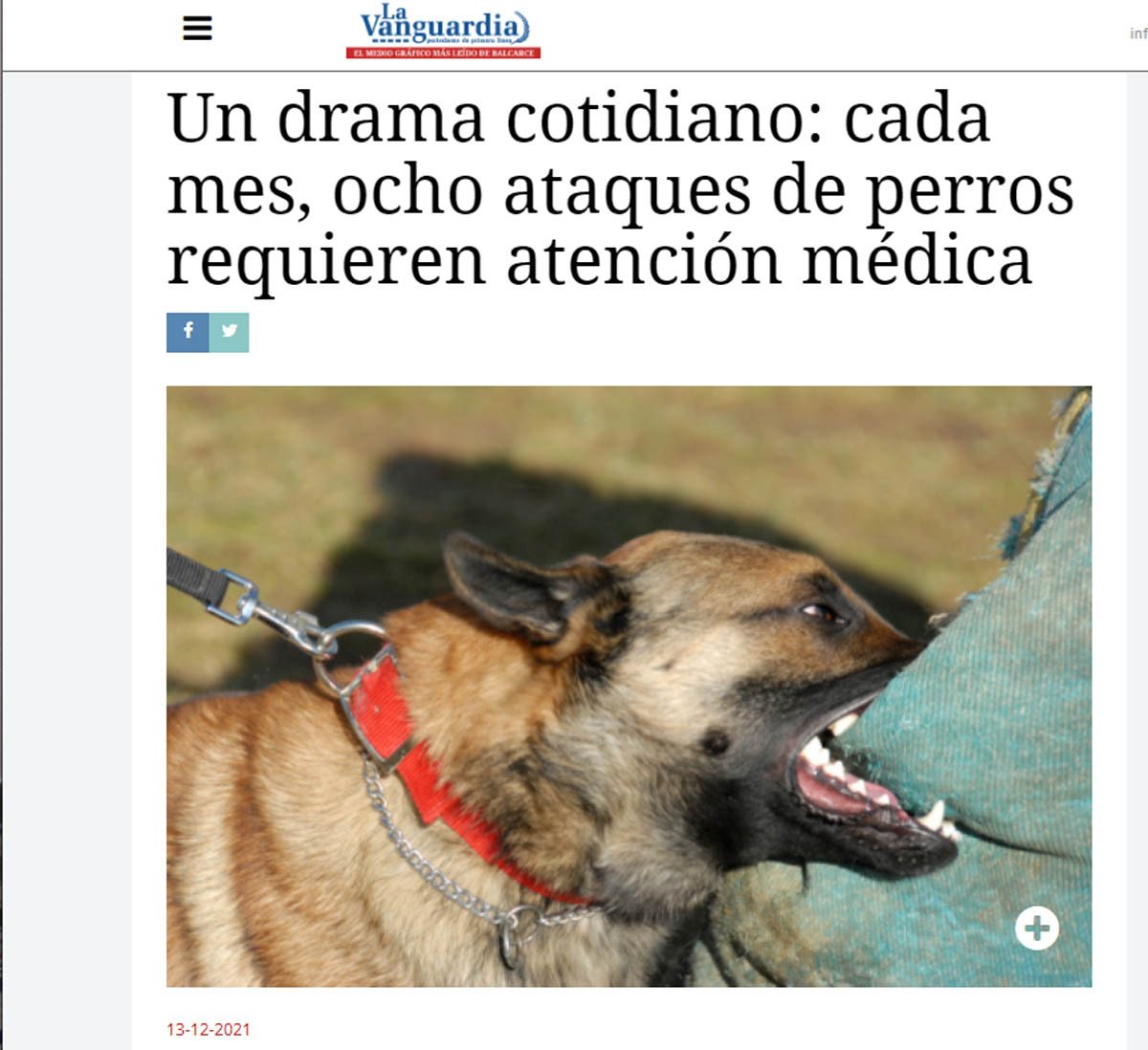
A further reason for concern: “Los expertos señalan que la mayoría de las mascotas que muerden reinciden, y que los niños pequeños son las principales víctimas.” (Experts point out that most pets which bite do so again, and small children are the main victims).
Interesting that this article should mention: “Un perro cada cuatro habitantes: en nuestro país hay un perro cada cuatro habitantes, cuando la recomendación de la OMS es que haya uno cada 10.” [OMS = Organización Mundial de la Salud] (In our country there is one dog for every four inhabitants, while the World Health Organisation recommends one dog for every ten people).
It would be interesting to know what the ratio is in the UK. I would not be at all surprised to learn that the proportion of dogs to humans here is way above what the WHO recommends; it would also be interesting to know how many ‘new’ dogs there are as a result of the pandemic. That would certainly explain the observations of two elderly leisure cyclists in Devon! Perhaps this is yet another aspect of the disruption Covid-19 has brought to our lives…
Much has been said and written about the effects of pandemic restrictions and lockdowns on the wellbeing and mental health of humans. All of the articles quoted provide evidence of there being corresponding effects on our canine friends… and thereby on the victims of dog attacks!
STOP PRESS: since this article was written, the statistics on the number of dogs in the UK have appeared in a recent Guardian article. It gives the current number of dogs in the UK as 12.5 million, of which 1.5 million is probably the number of ‘pandemic dogs’. The latter answers one question raised in the last paragraph; taking the current population of the UK as approaching 68 million, that gives a ratio of about one dog per 5.4 people, which is considerably above the ratio recommended by the World Health Organisation.

We thought you might appreciate some top tips on avoiding dogs with a penchant for chasing cyclists!




